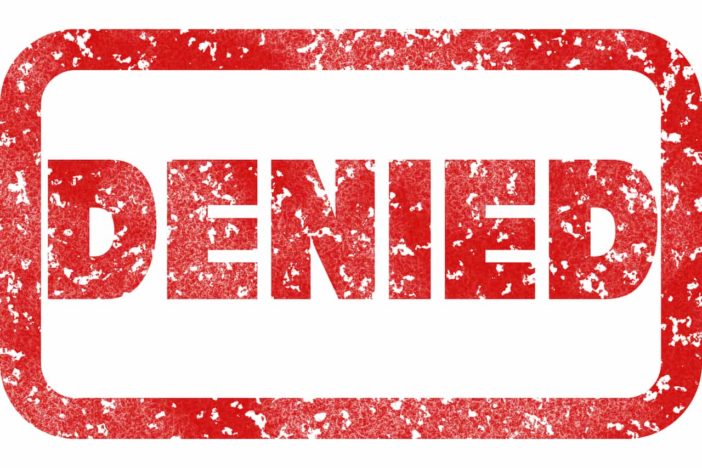It is the employer who files for their employees’ workers’ compensation. Therefore, if you are the employer and your employee suffers an accident or workplace-related sickness, you have to facilitate the process to see that it’s successful. You have to ensure that the worker’s compensation claim is filed successfully and that the employee benefits are approved.
A workers’ compensation claim is time-limited. This situation means that you have to file for compensation immediately, or your employee loses the benefits. Therefore, to increase the chances of settlement, it is essential to train your workers to report accidents on time then follow the proper procedure to file the claim. Below is the right process to follow.
Employee Reports and Injury to the Employer
The first step of initiating a workers’ compensation claim is when the employee reports the accident to the employer. Therefore, it is important to let your employees know the kind of injuries that are compensated and how to report these injuries. In line with the Charleston workers’ comp attorney, an injured employee must notify the accident in writing and get it done within the set deadlines.
For instance, in New York, employers must file the same in 30 days, meaning your employees should be reporting the accidents immediately. While some injuries are self-explanatory, including slipping on the wet floor or falling and breaking an arm, some will require adequate investigation, which the company should do on time to facilitate the processing of the claims.
Employer Should Guide the Injured Worker on Necessary Paperwork and Steps
A first-time employee may not know how to file for this compensation. Also, some may not do it right and will significantly affect their benefits. Therefore, as the employer, you have to guide the injured worker on filling the paperwork and following the proper steps to increase the chances of getting the benefits.
Most states require the employers to give the injured employee a workers’ comp claim form that should be filled and returned immediately. The document contains sections where the employee has to fill in the types of injuries sustained, where and how the accident occurred, among other details. The forms to file and how they are supposed to be submitted depend on the type of injuries. Ensure that you guide your employee promptly.
In cases of personal injury compensation payouts, it is crucial for employers to promptly address and investigate any reported accidents, ensuring that employees are aware of the injuries eligible for compensation and the proper procedure for reporting them.
Employer Reports The Injury And Files The Claims
Once the employee gets done filling the forms, the next step will be to report the injuries and file the claims to the concerned insurance company. While the employer needs to send the papers together with other related documents, the doctor who treated the injured worker needs to submit a detailed medical report.
An employer can also report the exact details to the workers’ compensation board or state division of workers’ compensation, depending on the state and company procedures. Such should be done after an accident, even when the employee is not claiming the workers’ compensation.
The Insurer to Approve or Deny the Claim

Once the employer has filed the claim as recommended, and before due time, the concerned insurance company can accept or deny the claim.
When the claim is approved, the insurance will contact the employer, who will give them employee payment details to get the compensation claims. However, before doing so, the company and the employee might reject the stated offer or negotiate for more considerable lump-sum compensation. This situation depends on the medical bills, disability payments, medicines, lost wages, among other factors.
When the insurance company rejects the filing, the employee can file for reconsideration with the insurance company or file for an appeal through the commission or the workers’ compensation board. Here, it is essential to have a reliable workers’ compensation lawyer who will help you jump through these compensation hurdles.
The Employee Returns to Work
Once the employee is fully recovered and can work again, they must write a letter to the employer and the insurance company informing them of their readiness to work again. However, if the employee can’t work again, the insurance company will be forced to pay the employee the disability benefits due to the extent of the injuries.
Most employers require a formal return to work formula, which involves returning to work and becoming productive again. Some of the programs might require the employer to offer the injured employee modified duties or train the employee on other tasks if they can’t continue their previous assignments. It is therefore crucial for the employee to be sure of their health before agreeing to work again.
To qualify for workers’ compensation, an employee must be an official employee of the company and the accident, injuries, or illness happening in the line of duty. You have to ensure that your company and employee have met all the requirements to get the benefits. It will also be essential to understand the limitations of this compensation claim to avoid inconveniences.





